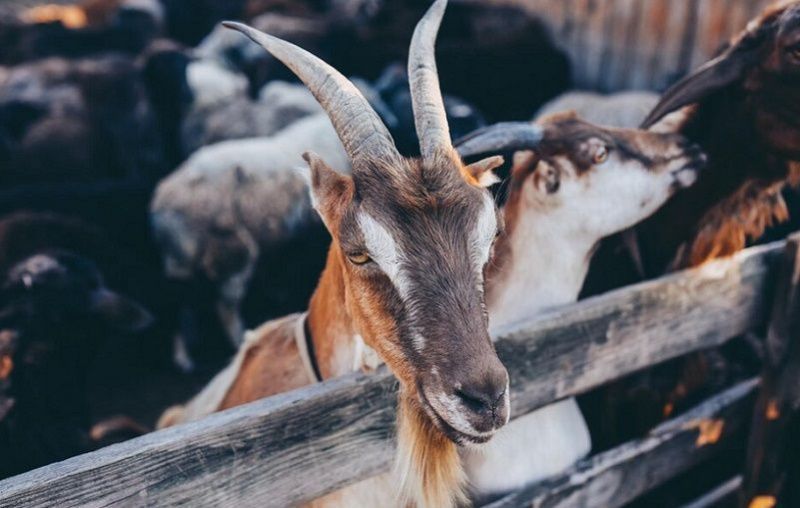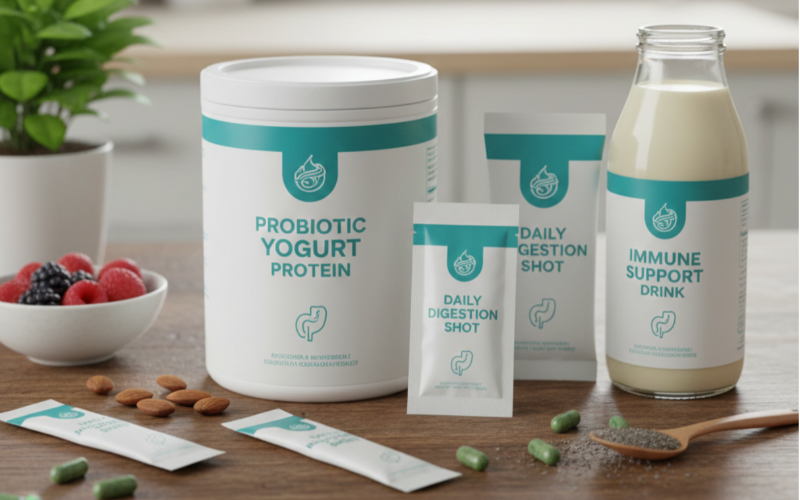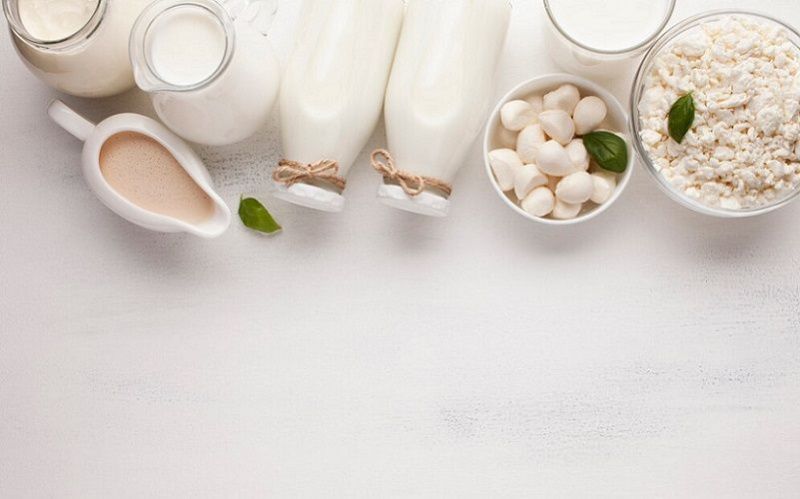Goat Milk Derivatives Market Projected to Surge to USD 10.7 Billion by 2032
Sourse: The DairyNews
The goat milk derivatives market is poised for substantial growth, with projections indicating an increase from USD 7.1 billion in 2023 to USD 10.7 billion by 2032, achieving a compound annual growth rate (CAGR) of 4.8%. This surge is driven by the escalating popularity of goat milk products and a broader consumer shift towards nutritional and digestible dairy alternatives, writes DataHorizzon Research.

Enhanced consumer recognition of the health benefits associated with goat milk derivatives, such as higher levels of essential fatty acids and calcium compared to cow milk, has significantly contributed to market expansion. This awareness is amplified by the growing trend towards organic and natural food products, with consumers increasingly perceiving goat milk derivatives as healthier and more sustainable choices.
Additionally, the expansion of the dairy alternative sector is a major factor propelling the growth of the goat milk derivatives market. The shift in consumer preferences towards plant-based and non-dairy diets has spiked the demand for alternative milk sources. In response, dairy producers are diversifying their offerings to include goat milk derivatives like cheese, yogurt, and ice cream, which cater to a demand for both variety and healthier dietary options.
Emerging markets present considerable opportunities for the goat milk derivatives industry, especially in regions like Asia and Africa, where goat milk consumption is traditionally high. Manufacturers are capitalizing on this by introducing innovative goat milk-based products such as probiotic yogurts, fortified cheeses, and functional beverages aimed at health-conscious consumers, thereby fueling market growth.
Additionally, the expansion of the dairy alternative sector is a major factor propelling the growth of the goat milk derivatives market. The shift in consumer preferences towards plant-based and non-dairy diets has spiked the demand for alternative milk sources. In response, dairy producers are diversifying their offerings to include goat milk derivatives like cheese, yogurt, and ice cream, which cater to a demand for both variety and healthier dietary options.
Emerging markets present considerable opportunities for the goat milk derivatives industry, especially in regions like Asia and Africa, where goat milk consumption is traditionally high. Manufacturers are capitalizing on this by introducing innovative goat milk-based products such as probiotic yogurts, fortified cheeses, and functional beverages aimed at health-conscious consumers, thereby fueling market growth.












